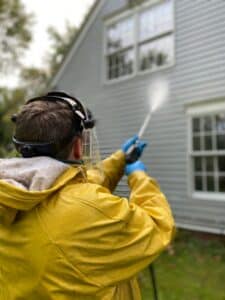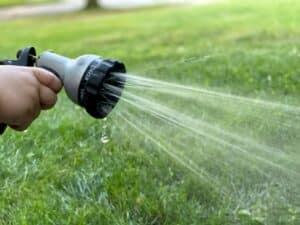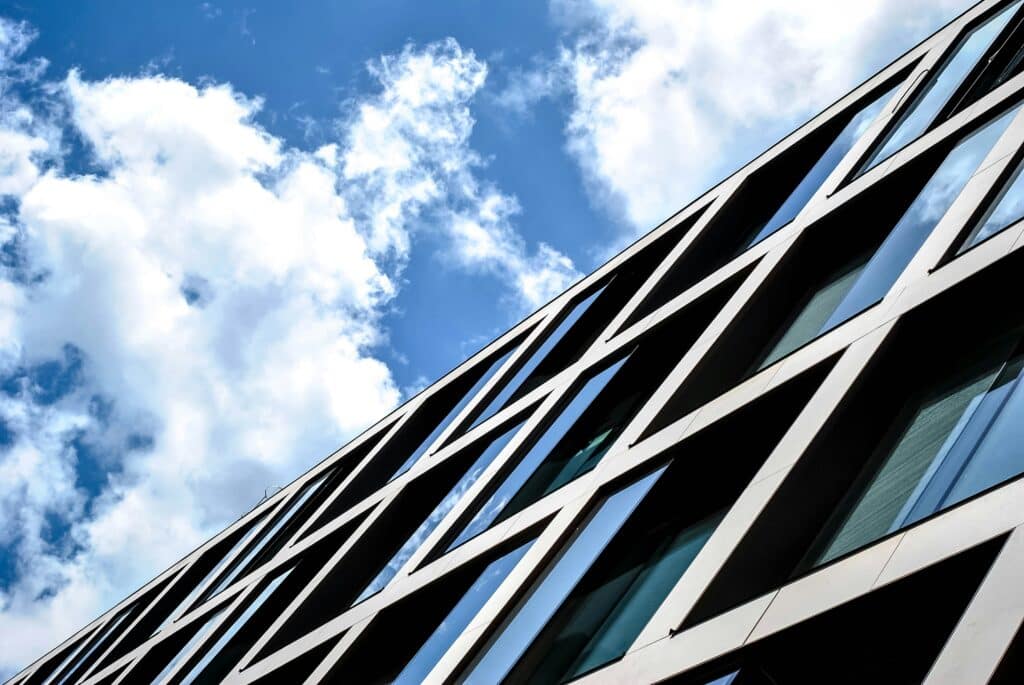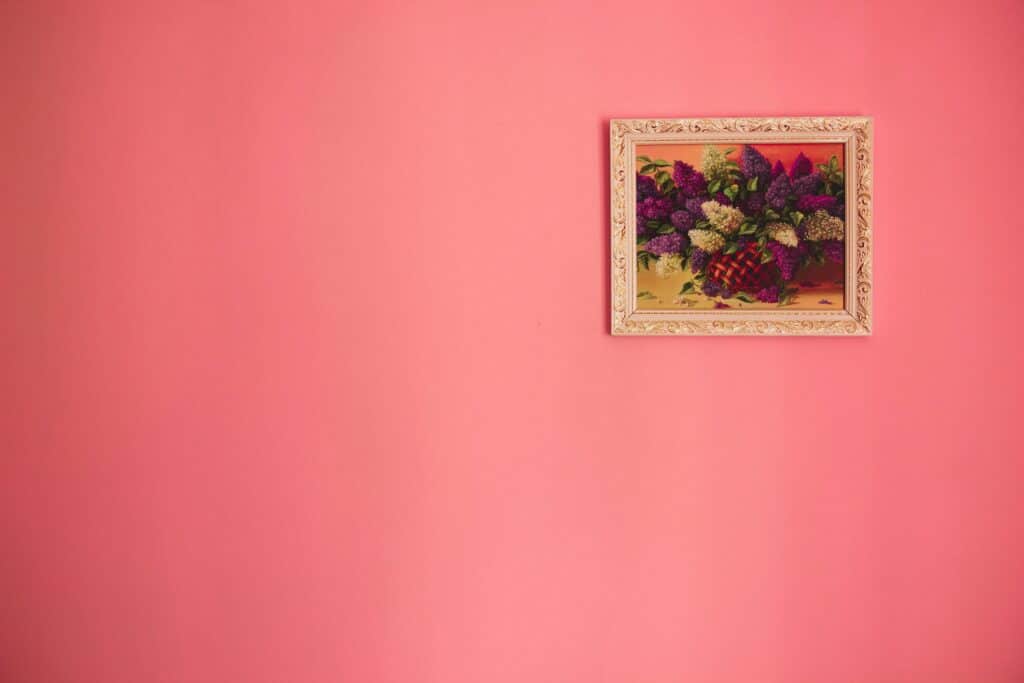When cleaning outside, people often choose between soft washing and pressure washing. These methods differ in how they are cleaned, the tools used, and where they’re best applied. Knowing the differences helps pick the best cleaning method for your needs.
In Australia, many are searching for safe and effective ways to clean their outdoor areas. Soft washing is a gentle method that uses eco-friendly cleaners and low water pressure. On the other hand, pressure washing has strong water jets to clean hard surfaces. It’s important to understand these differences to make the right choice.
Key Takeaways
- Soft washing operates at a lower pressure than pressure washing, making it suitable for delicate surfaces.
- Pressure washing is more effective for cleaning hard surfaces with deep grooves, such as brick walls and paved patios.
- Soft washing holds biodegradable chemicals, making it a safer option for use around family, pets, and plants.
- Pressure washing can cause damage to softer surfaces if not applied correctly, emphasizing the importance of choosing the right method.
- Regular professional cleaning, whether soft washing or pressure washing, can help prevent significant damage and maintain the integrity of exterior surfaces.
- Soft washing can last up to four to six times longer than pressure washing due to its detailed cleaning process.
Understanding Soft Washing and Pressure Washing Basics
Two popular methods for cleaning exterior surfaces are soft washing and pressure washing. Soft washing is known for low-pressure and special solutions. Pressure washing blasts away dirt with high-pressure water. Knowing which is best for you is key.
Soft washing is gentle and great for delicate surfaces. It uses biodegradable cleaners and low-pressure water. Pressure washing, however, uses high-pressure water. But, it can damage some surfaces, so it’s important to know the difference.
Soft washing works at 150 to 300 PSI, perfect for vinyl siding and wooden decks. Pressure washing, with 1,300 to 2,800 PSI, is better for concrete and brick. This shows the pressure range and surface suitability.
Knowing soft washing and pressure washing basics is crucial. It helps keep your surfaces clean and safe. Whether it’s your house, deck, or roof, choosing the right method is essential.
The Technical Differences Between Soft Washing vs Pressure Washing
Understanding the difference between pressure washing and soft washing is key when cleaning outside. Pressure washing has over 1,000 PSI, which is more than double soft washing’s pressure. This high pressure is great for removing tough stains from hard surfaces like patios and driveways. But, it can also harm delicate surfaces.
Soft washing, with a PSI under 1,000, is safer for surfaces like roofs and siding. It uses surfactants to clean off organic build-ups like algae and mold without high pressure. This method is also better for the environment, using a chemical mix that’s safe for both the environment and the surfaces.
The main difference lies in the equipment. Pressure washing uses a power washer, which can go up to 4000 PSI. Soft washing, however, uses a lower-pressure system, around 400 PSI. This gentler approach makes soft washing better for delicate surfaces.
- Safer for delicate surfaces
- More environmentally friendly
- Effective for removing organic build-ups like algae and mold
- Can last longer than pressure washing results
Pressure washing is best for hard surfaces like patios and driveways. It’s great for heavy-duty cleaning. But, be careful with pressure washing as high pressure can damage softer materials.
Ideal Applications and Surfaces for Each Method
Choosing the right cleaning method is key to avoiding damage and getting the best results. Soft washing and pressure washing are two popular options. Soft washing uses a soft wash system for delicate surfaces. Pressure washing, on the other hand, uses a high-pressure washer for tough surfaces.
Soft washing is great for keeping roofs, siding, decks, fences, and windows clean. It’s also good at removing mold, mildew, and algae. Pressure washing is better for driveways, sidewalks, and patios. It’s also good for getting rid of oil or rust stains.
The choice between soft washing and pressure washing depends on the surface and cleaning needs. Soft washing uses water pressure under 1000 PSI. Pressure washing uses water at 1500 to 4000 PSI. Many soft wash services use eco-friendly cleaning solutions.
Some main differences between soft washing and pressure washing are:
- Water pressure: Soft washing has low pressure, while pressure washing has high pressure.
- Surface suitability: Soft washing is ideal for delicate surfaces, while pressure washing is suitable for tough surfaces.
- Cleaning solutions: Soft washing often uses biodegradable and environmentally friendly cleaning solutions, while pressure washing may use harsher chemicals.
In conclusion, soft washing and pressure washing are two distinct methods. Each has its own ideal applications and surfaces. By choosing the right method, you can get the best results without damaging the surface.

Costs, Equipment, and Maintenance Factors
When looking at pressure cleaning services, it’s key to think about costs, equipment, and upkeep. The price to wash a house can be between $250 and $600. This depends on the house size and how dirty it is. For example, washing a driveway can cost between $100 and $500, and roof washing can cost $250 to $600.
Soft washing vs pressure washing costs differ a lot. Soft washing of a roof can cost between $250 to $600, based on the roof size, material, and dirt buildup. Regular cleaning can stop tough stains, needing less intense cleaning. Knowing the costs and what equipment you need is important for using a pressure washer well.
Some important things to think about when comparing pressure washing vs soft washing costs include:
- Equipment rental costs for DIY pressure washing, which can range from $40 to $100 per day
- Purchasing a pressure washer, which can cost between $200 and $600
- Cleaning solutions for DIY projects, which can add another $20 to $50
Pressure washing companies might give discounts for long-term deals or when you bundle services. This makes it cheaper for businesses and homeowners to keep their properties clean. By knowing the costs, equipment, and upkeep of pressure cleaning services and soft washing vs pressure washing, people can make better choices about their cleaning.
Conclusion
Soft washing and pressure washing are two different ways to clean. They use different techniques and equipment. Knowing the differences between the two helps you pick the best method for your cleaning habits.
Soft washing is gentle, using 150 to 300 PSI. It’s good for soft surfaces like vinyl siding and asphalt shingles. On the other hand, pressure washing can go up to 3,000 PSI. It’s better for tough surfaces like concrete and brick.
Think about the technical differences, what works best, and the costs. This way, you can choose wisely and get the best cleaning results. Get our professional help with pressure washing or soft washing cleaning that saves your property’s look and value.
FAQ
What is the difference between soft washing and pressure washing?
Soft washing involves using a soft washing method with cleaning chemicals and low pressure to remove dirt, mold, and algae from a home’s exterior. Unlike pressure washing, which uses high-pressure cleaning to blast away grime, soft washing is a gentler approach. A key difference between the two is that soft washing is ideal for delicate surfaces, while pressure washing and power washing are better suited for tough stains on hard surfaces. If you pressure wash the wrong surface, you could cause damage, so it’s important to know what’s the difference between pressure washing vs soft washing before choosing a method.
What are the techniques and equipment used in soft washing and pressure washing?
Soft washing uses a professional power washer system for exterior house cleaning. It relies on a wash system for exterior house cleaning that sprays a cleaning solution using less pressure to break down dirt before being rinsed away. Pressure washing, on the other hand, uses a high-powered pressure washing machine with a strong water stream. Pressure and soft washing both have their place in home cleaning, but the professional pressure wash system you choose depends on the type of surface. To see the difference in results, it’s best to learn more about soft washing and pressure washing techniques before deciding which method to use.
What are the ideal applications and surfaces for each method?
Soft washing is the best choice for surfaces like roofs, siding, and wooden decks. The soft roof washing method prevents damage while effectively removing contaminants. Pressure cleaning is better for driveways, patios, and stone pathways, where high-pressure cleaning is needed to wash away tough stains. Power and soft washing techniques both have benefits and choosing between pressure washing and soft washing depends on the surface type. If you don’t softwash when necessary, you risk damaging fragile materials. A soft washing company can help you decide which cleaning approach is best for your home’s exterior.
What are the costs, equipment, and maintenance factors associated with soft washing and pressure washing?
The cost of a professional pressure washing service or soft washing company varies based on the size of the area, the washing solutions used, and the professional power washers’ labor. Soft washing typically lasts longer than pressure washing because the cleaning chemicals used for pressure washing in soft washing penetrate deeper into surfaces. This means that home washing with a soft wash system can keep surfaces clean for times longer than power washing alone. Annual pressure washing to see long-term benefits is recommended for tough stains.





